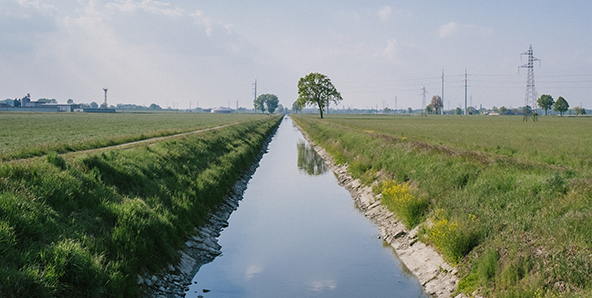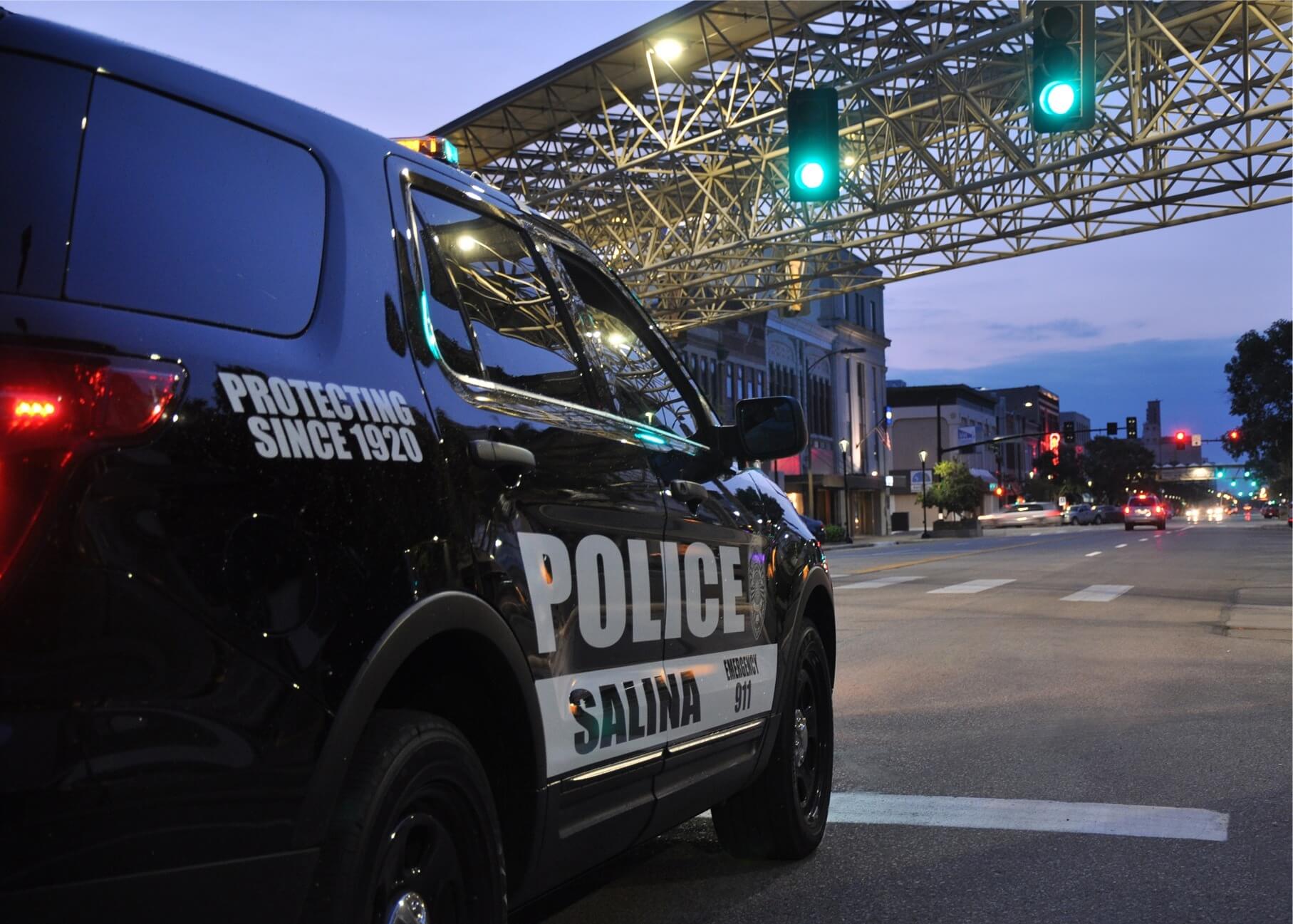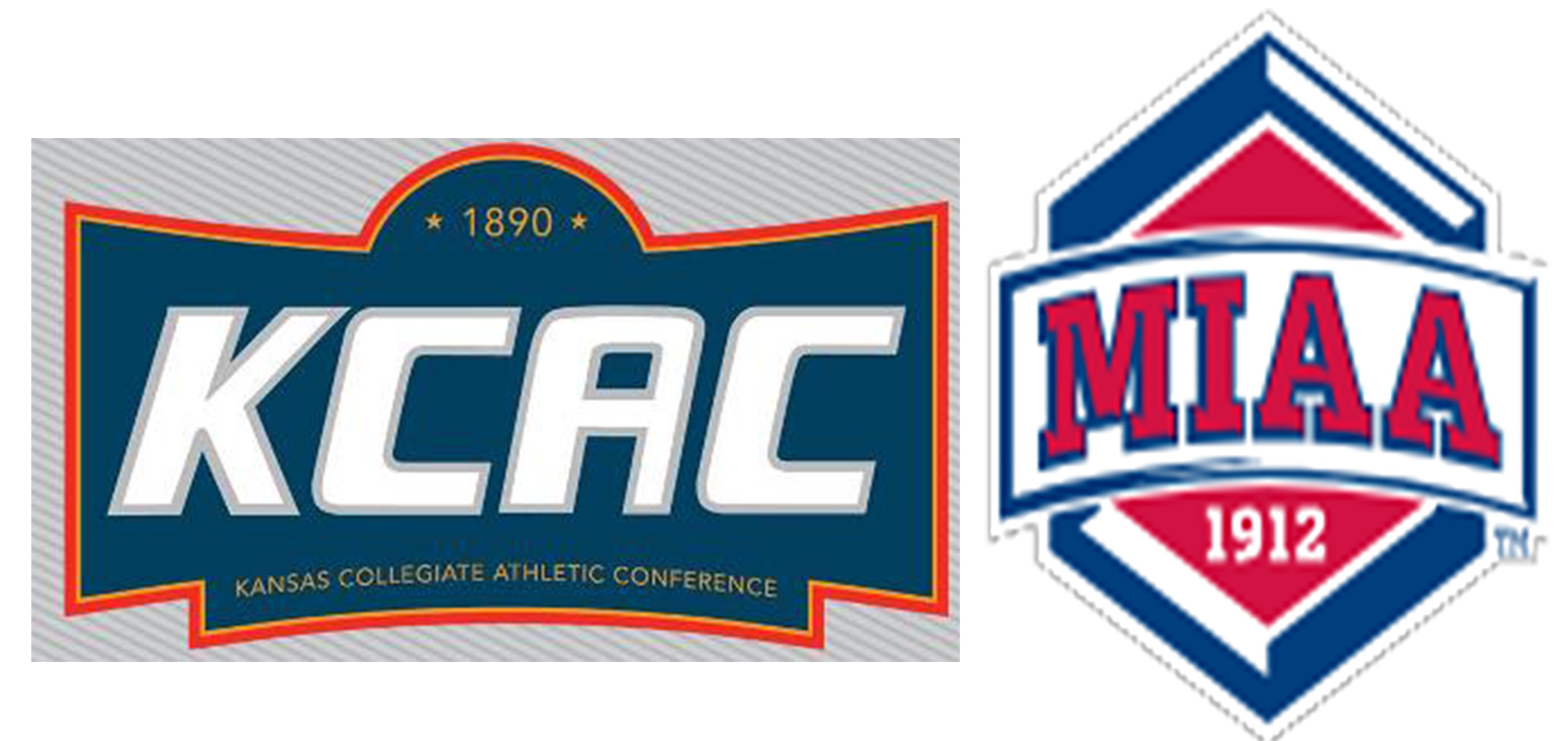A pair of bipartisan water bills passed by the Kansas legislature and approved by Gov. Laura Kelly in late April are “exciting news” for residents across the state, said a Kansas State University water expert.
Susan Metzger, director of the Kansas Center for Agricultural Resources and the Environment and associate director for K-State Research and Extension, said HB2302 – which allocates $35 million to fully fund the state’s water plan – will address a multitude of state water issues.
“Kansas is really quite unique in that our water resource challenges are diverse,” Metzger said. “In western Kansas, we rely on a groundwater source, the Ogallala High Plains Aquifer, which is a limited resource. So we know that we need to conserve that resource going into the future.
“And in eastern Kansas, we are driven by surface water, meaning a system of streams and reservoirs that provide water for our communities and industries. So in that part of the state, conservation is important, but we also need to address water quality concerns.”
Metzger said HB2302 allocates $5 million to a Technical Assistance Fund that supports municipalities and other units, such as watershed districts. Another $12 million is marked for water project grant funds that can be used for construction and upgrades to water infrastructure projects, and the remaining money will be used on high priority water projects in Kansas.
“There’s (an additional) $52 million that’s dedicated to paying off debt in our federal reservoirs in northeast Kansas,” Metzger said. “That should be important to all of the citizens in Kansas because by paying off that debt, the citizens of Kansas have more of a say regarding the use of that storage, especially along the Kansas River corridor.”
HB2302 goes into effect July 1, 2023.
“The legislation requires that the Kansas Water Office…outline the process for how to put those funds on the ground,” Metzger said. “They will determine what the Technical Assistance Fund and the water project grant fund process looks like. So there is a lot of heavy lifting that has to be done between now and July 1 so that all of the partners can learn about the funding process.”
She adds: “I think the real opportunity here is to show the governor and the legislature and all the conferees that made this funding possible that we’ve already targeted the highest priority projects and are addressing serious resource concerns. Then, at the end of five years, they’ll know that this is worth a similar investment going into the future.”
Also in late April, the Kansas House of Representative passed HB 2279, which requires groundwater management districts in Kansas to submit annual written reports to the legislature, and to provide water conservation and stabilization action plans to the state’s chief engineer. The bill also was approved by Gov. Kelly.
“Everybody (in Kansas) should be excited about the additional funding (for water projects),” Metzger said. “When we talk about our state’s challenges going into the future, they are significant. We know that if we do nothing, we wouldn’t have these resources available to us 50 years into the future. The Ogallala High Plains Aquifer would be 70% depleted, and our reservoirs in eastern Kansas would be 40% full of sediment, which impacts our storage capability.”
“These dollars help us tackle those challenges.”



